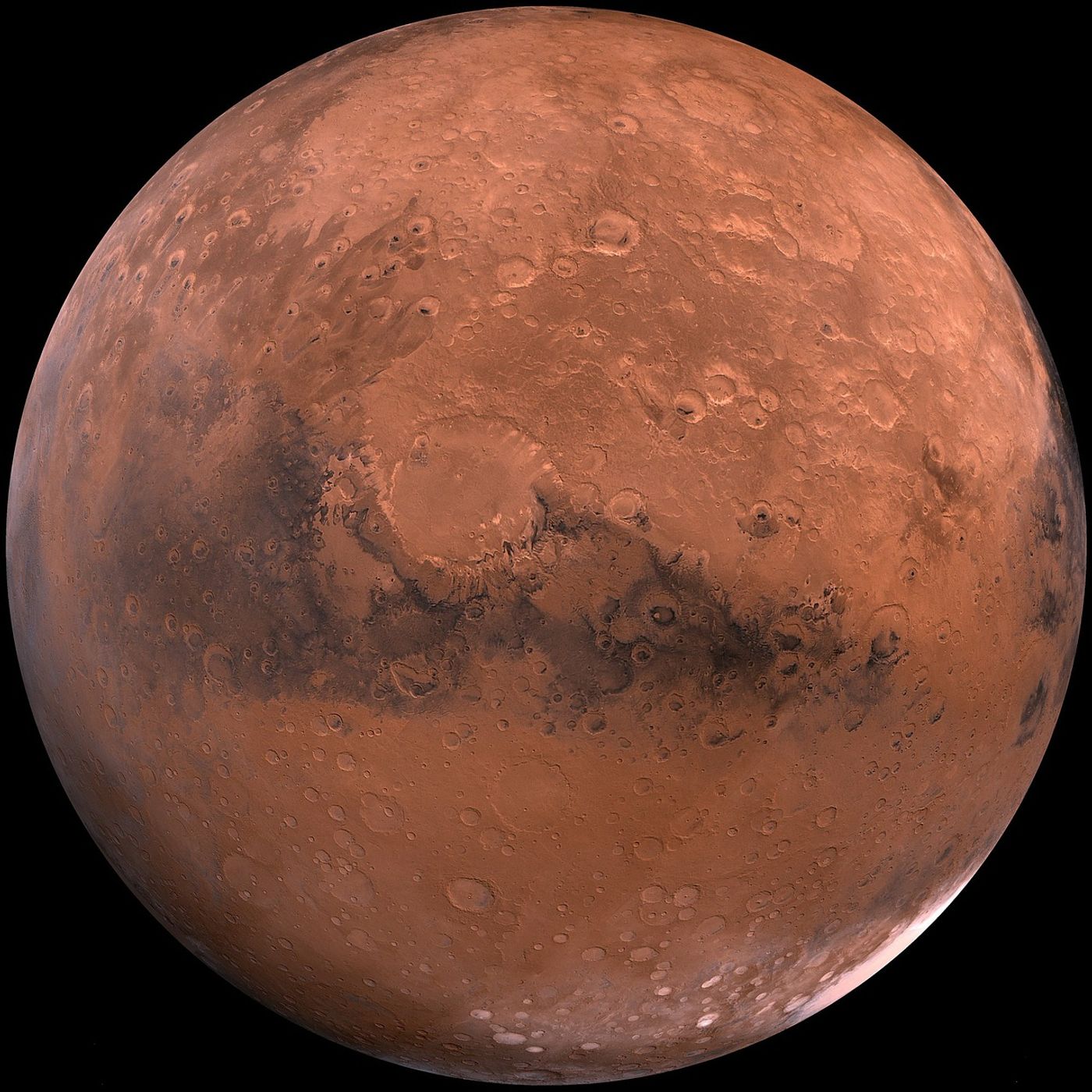Mars is About to Make its Closest Approach to Earth in 15 Years
If you look up into the night sky from July 27th to July 31st, then you might see what appears to be an ultra-luminous star. But we warned – that’s not really a star.
The incredibly luminous object that you’re about to see is actually Mars, and according to NASA, it will be making its closest approach to Earth in 15 years on Tuesday, July 31st.
Image Credit: NASA
At the time of closest approach, Mars will be a mere 35.8 million miles away from our planet, providing stargazers with an extraordinary view. Mars should remain visible in the night sky for several months, but it will shrink after mid-August as the red planet moves further away from Earth in its orbit around the Sun.
On the other hand, telescope-based observations probably won’t be as impressive this time around as those made in previous years. A planet-wide dust storm currently envelops the entire Martian surface, and it’s expected to obscure the view and make it more challenging to discern features on Mars’ surface.
But it’s not all bad. Those without telescopes should notice that Mars will be much brighter than usual; this is because all the airborne dust is reflecting excess sunlight.
Related: Infographic: how close are we to colonizing Mars?
Citing NASA, the best time to view Mars will be several hours after sunset, when the planet is highest in the night sky. A good rule of thumb is to wait until midnight for optimal viewing conditions.
Assuming you don’t get to look at Mars during its closest approach to Earth this year, you’ll get another chance in October of 2020, which is when Mars will make its next closest approach.
Will you be gazing at Mars in the night sky next week?









